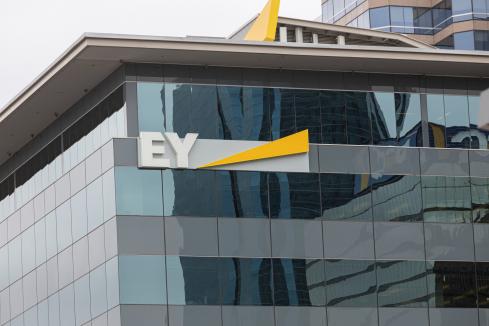Hydrogen is the key to WA remaining a strong player in energy exports as the world transitions to cleaner energies.


There’s no denying that LNG will be a part of Western Australia’s export economy for decades to come – but there’s an increasing pressure to transition to greener energy. How can WA’s resource industry stay relevant in a net-zero future?
“While the LNG industry is vital for our economy today as well as for the economies of the nation’s we export it to, many of those nations have signed up to net zero by 2050 and have significant emissions reduction targets to meet by 2030,” Accenture’s industrial decarbonisation lead Gavin Stannett said.
“It’s essential that we start developing the right projects and policies now that can enable us to deliver low-carbon products like hydrogen that will grow in demand as the net-zero transition plays out.”
WA’s opportunity
Hydrogen is tipped to play a significant role in global energy markets by 2050. When combusted, hydrogen by-products are clean, emitting no Scope 1 or 3 emissions, in line with the International Energy Agency (IEA)’s net zero roadmap.
“While there are many debates around the validity of hydrogen, the most likely outcome is that we see a mix of technologies and solutions playing out, all of which will help our societies decarbonise,” Stannett said.
Hydrogen will be able to complement other renewable energies such as batteries, wind and solar. “Batteries are certainly proving to be viable solutions for storing renewable electricity, however they will not be able to meet the demand alone and that’s where hydrogen comes in,” Stannett said.
“When produced and stored at scale, hydrogen can be the great complement to overcome the intermittency issues of wind and solar and it can be used across many different industries, going beyond the applications of batteries.”
With abundant solar and wind resources in WA’s enormous landmass, the state is well placed to produce low-cost hydrogen.
“Importantly, we also have the close trading partners in Asia, where a significant population of the world lives. However, developing the export infrastructure needed to build the industry is a challenge that will require significant investment,” Stannett said.
Take the cost of transporting the lightweight molecule, which is where methylcyclohexane (MCH) hydrogen carriers, ammonia, and liquid hydrogen come in.
In a world-first, a shipment of liquid hydrogen left Victoria’s Mornington Peninsula to Japan via the Suiso Frontier in January 2022. “This is a great example of the industry exploring solutions that can improve the efficiency of transporting hydrogen which ultimately improves the economics,” he said.
Green energy movement
The US and Europe are key players in the global net zero energy transition, with the US government injecting US$370 billion into the energy transition and Europe following suit with a 250-billion-euro stimulus package for renewables.
The Australian Government committed an additional $4 billion to power the transformation into renewable energies, announced by Minister for Climate Change and Energy Chris Bowen in May 2023, with half of that stimulus going towards green hydrogen.
“While Australia doesn’t have the same financial power as the US and Europe, we will benefit from their investment as the industry scales and costs reduce.”
A report prepared by Accenture in 2021 estimated the hydrogen export industry could generate over $20-25 billion and add over 50,000 jobs across Australia by 2040.
Almost 40 per cent of Australia’s proposed hydrogen projects have an export focus.
“Many of the skills, technology, and infrastructure that we have built up through the LNG industry can be transferred across and these will provide the foundation for WA to pivot from a carbon intensive export industry, towards one that’s focused on greener fuels and products,” Stannett said.
WA’s port infrastructure places the state in a fortuitous position to transition over the next few decades. “If a hydrogen economy is achieved, it could extend WA’s export legacy for many more decades to come,” he said.
Technology will ease the transition
Digital technology will play a part in developing the hydrogen economy. AI analytics, for example, enable predictive scenario outcomes that can de-risk safety or weather events to avoid cargo flow interruptions.
“There are many ways digital technologies are stimulating innovation. We’re already seeing companies using advanced digital technology to drive improvements in the design and operation of hydrogen facilities,” Stannett said.
Accenture and partners in the UK are developing a testbed, including digital replicas, for a zero carbon project that aims to build the world’s first net zero industrial cluster. “Digital replicas allow us to operate systems more efficiently to identify and model production and offtake scenarios, ultimately reducing the cost of producing and consuming hydrogen,” he said.
LNG will continue to be a key energy export for WA as the clean energy transition plays out, with LNG exports expected to peak around 2028.
“Hydrogen can play a key part in extending Australia’s export lifespan. That’s important if we want to continue to evolve towards a net zero future and still be relevant when that is achieved,” Stannett said.












